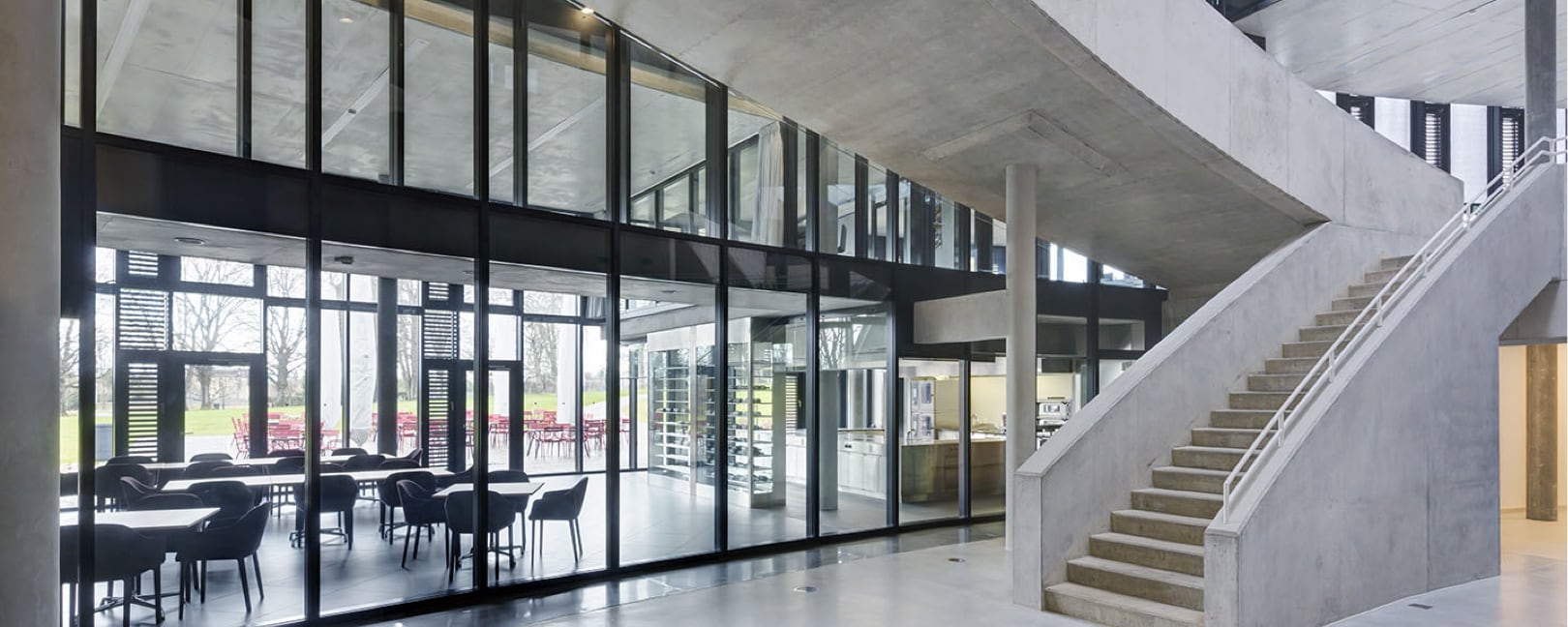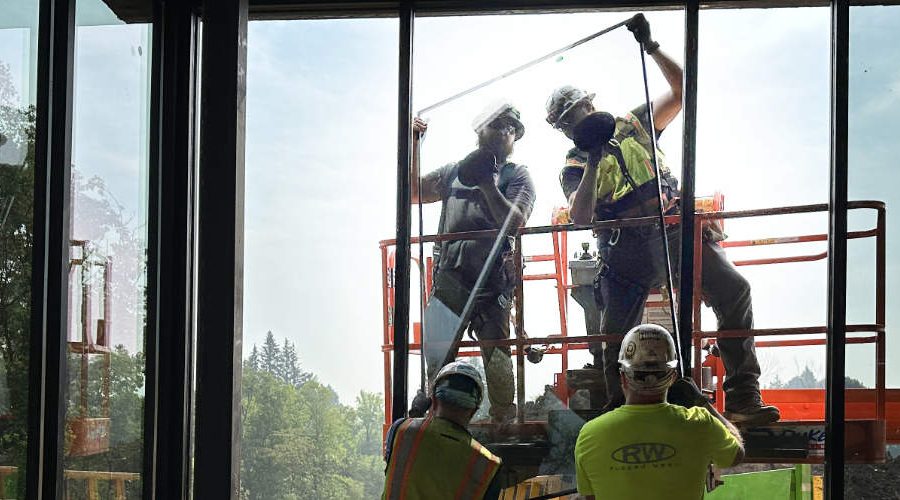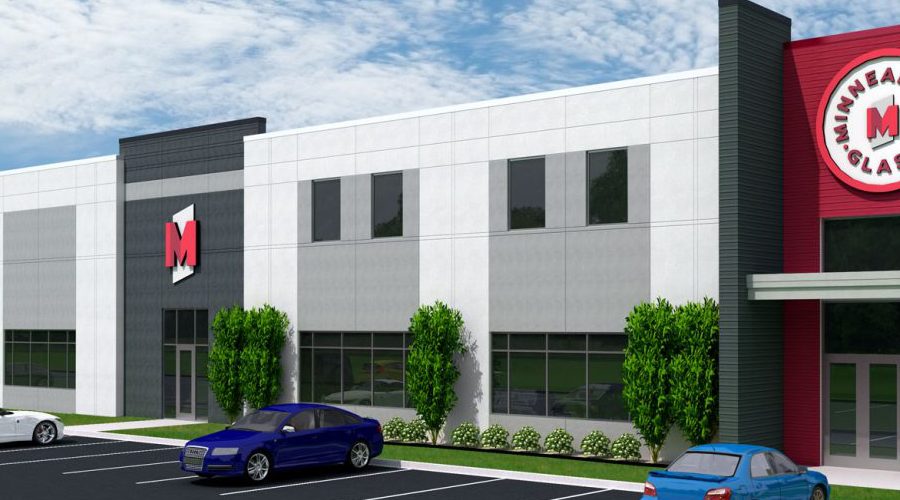The technical nature of fire rated assemblies—including glass and glazing systems—can put companies at risk for specification errors that cause change orders, procurement delays, and even failed inspections. The IBC changes along with new safety requirements and product innovations, and local codes vary from jobsite to jobsite.
A UL Certified glass and glazing subcontractor can help you develop a clear, working knowledge of fire rated products to keep projects on schedule and budget. To get started, here are answers to the Top 4 most common fire rated product questions.
- How do I read a fire rated glass label?
All fire rated glass has a permanently affixed label to help designers, engineers, and contractors quickly evaluate the glass product’s performance capabilities for various locations. Here is breakdown of what symbols communicate about your glass fire rated product.
- Where can I use wired glass?
In 2006, IBC banned the use of traditional wired glass in impact areas because, when shattered, exposed wires pose serious safety hazards. Traditional wired glass was thus restricted to low use areas, such as transoms, to prevent injury during emergency exits. However, an applied film innovation transforms wired glass into a safety product that is rated for use in impact areas.
- How do fire glass ratings apply to other glazing system components?
Glass will not perform as rated if fire destroys the surrounding glazing assembly; yet it is common for glass and glazing materials to be inconsistently specified. The entire glazing system (ie: frame, glass seals, setting blocks, and other assembly components)—not just the glass—must meet minimum fire rated requirements to pass inspection.
- Do I need fire-rated glass if the building has a sprinkler system?
Sprinkler systems and fire-rated glass work together to save lives; however, IBC does allow for one-hour glass fire ratings for exit areas with automatic sprinkler systems. Remember that one system should never be considered a replacement for the other. Fires frequently cause a loss of water pressure or damage sprinkler heads, preventing sprinkler systems from activating. Additionally, fire-rated glazing materials also work to compartmentalize fires, providing crucial safety barriers that add valuable evacuation minutes regardless of sprinkler activation.When choosing a glazing subcontractor, look for certified UL fabricators who specialize in fabricating and distributing a wide range of fire rated products. Ask your fabricator to closely review each glass product’s size, location, and function to properly determine custom fabrication criteria. With proper specifications, glaziers can select products that maximize visible light and while ensuring the exact minute rating for each location.
Trust Our Expertise
Minneapolis Glass is a UL Certified, woman-owned glass and glazing fabricator and distributor. Our 80+ years of craftsmanship ensures the best fit and function. Integrated technology automates production, planning, and project management for fewer surprises and faster fixes. Continuous feedback loops and insights deliver great glass and exceptional experiences. At Minneapolis Glass, we make business a little bit easier and a lot more predictable.
For more information about our fire rated glass visit minneapolisglass.com/architecturalglass or email laceyp@minneapolisglass.com.


